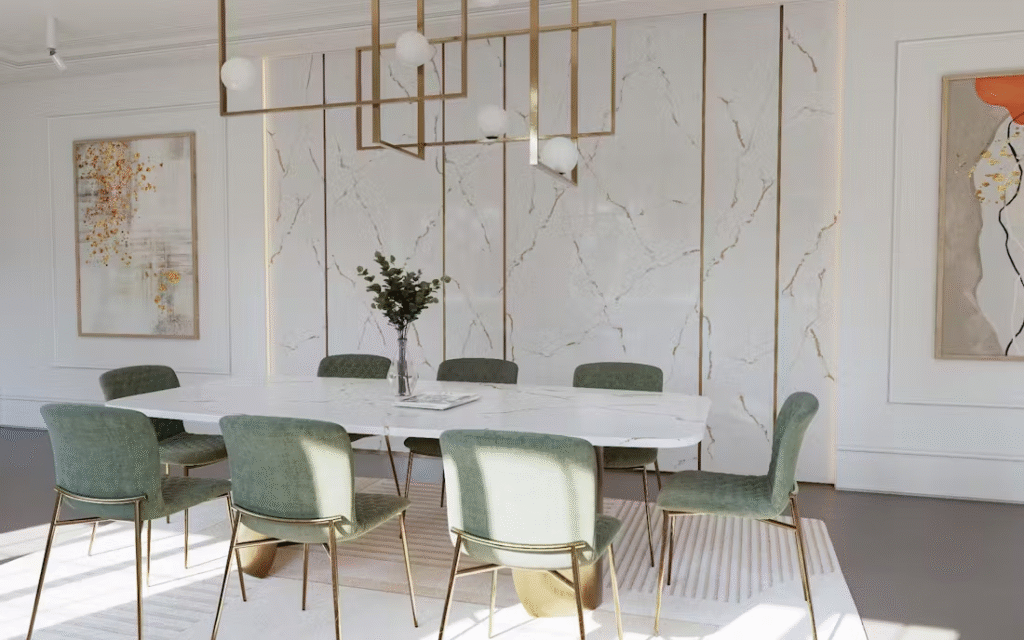In today’s fast-paced world, the impact of our home environment on overall well-being is more significant than ever. As we spend a substantial amount of our lives indoors, the atmosphere of our living spaces can greatly influence our mood, stress levels, and mental health. Designing a home that fosters a sense of peace and positivity can be achieved through intentional use of colors, lighting, furniture arrangement, and natural elements. By harmonizing these elements, we can create a sanctuary that nurtures our well-being and enhances our daily experiences.
This article explores the key principles of designing a home atmosphere that promotes well-being, offering practical tips and insights for anyone looking to transform their space into a haven of comfort and tranquility. From the role of natural light to the importance of mindful decor choices, we will delve into the ways in which an thoughtfully crafted environment can support a healthier, happier lifestyle. Get ready to embark on a journey of discovery as we unlock the potential of our homes to enhance our quality of life.
Creating a Sense of Balance
To foster a serene home atmosphere, it is essential to establish balance through thoughtful space planning and decor choices. Utilizing a blend of colors that evoke calmness—such as soft blues, greens, and earth tones—can significantly alter mood and promote relaxation. Incorporating natural elements like plants and water features not only enhances visual appeal but also improves air quality and introduces soothing sounds. Arranging furniture to create open spaces encourages movement and the flow of positive energy, transforming your home into a retreat that aligns with your well-being goals. For more insights into crafting this intentional environment, check out https://kevinfrancisdesign.com/blogs/design-ideas/designing-with-intention-how-your-homes-atmosphere-affects-your-well-being.

The Power of Natural Light
Emphasizing natural light is another crucial principle in home design that influences our emotional and physical health. Exposure to natural sunlight has been linked to improved mood and increased productivity, making it vital to maximize this element in your living space. Positioning mirrors to reflect light, choosing sheer window treatments, and keeping spaces open and uncluttered can create brighter interiors. Additionally, strategically placing indoor plants not only enhances aesthetics but also enhances light filtration, thereby creating an uplifting and calming environment conducive to relaxation and concentration.
In conclusion, designing a home atmosphere that supports well-being is a multifaceted approach that involves intentional choices in color, lighting, spatial arrangement, and nature integration. By prioritizing elements that evoke tranquility and balance, we can transform our living spaces into sanctuaries that nurture both mental and physical health. Engaging with light, fostering harmony through decor, and incorporating natural elements are essential steps in this journey—each contributing to a holistic environment that promotes a sense of peace and fulfillment. As we invest time and thought into our home design, we ultimately cultivate a place where we feel grounded, inspired, and embraced, enhancing not just our living experience but our overall quality of life.

